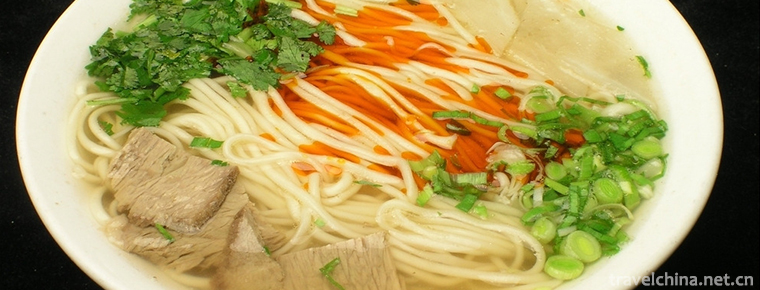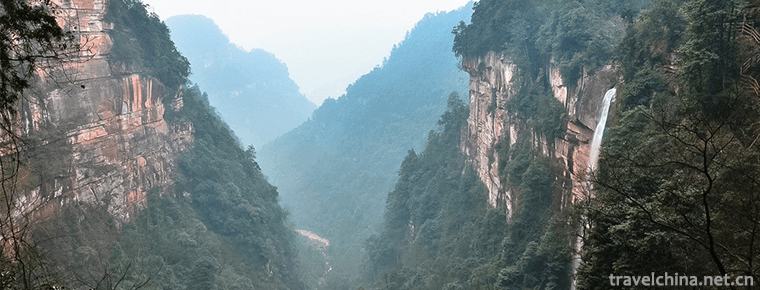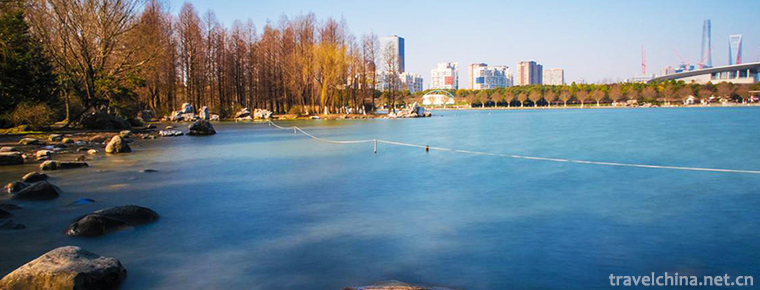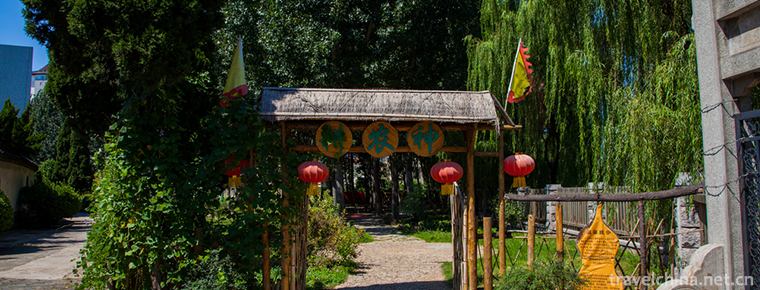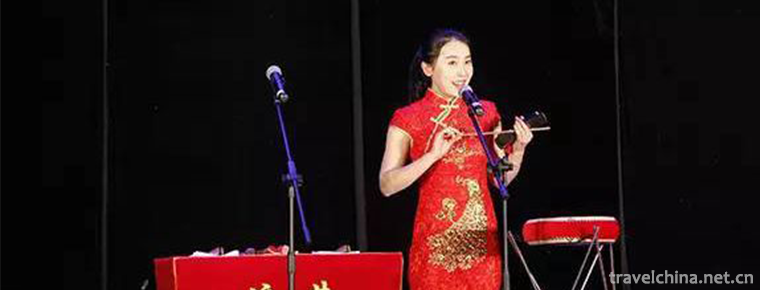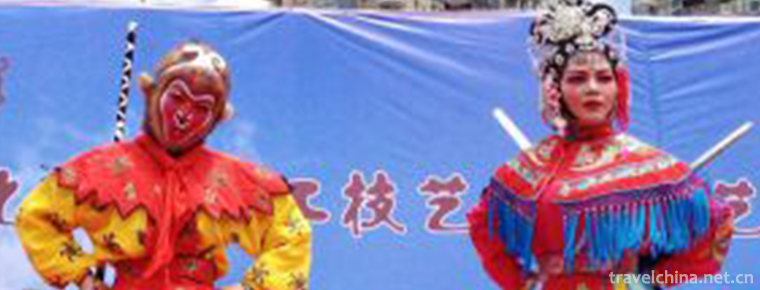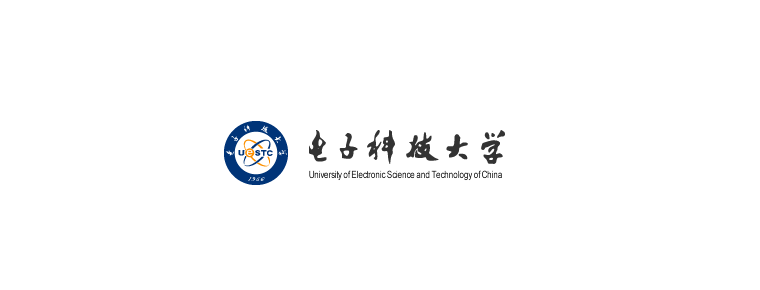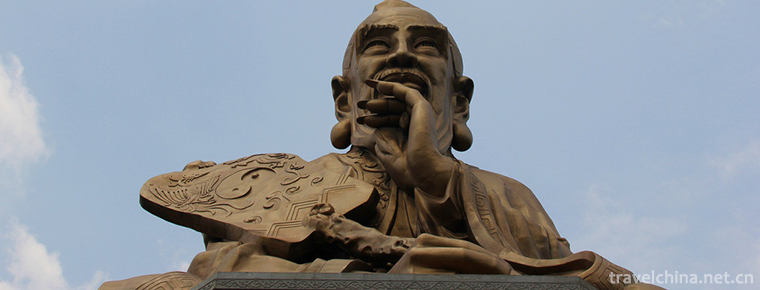Chishan Scenic Area Shidao
Chishan Scenic Area Shidao
Chishan Scenic Area of Shidao, located in the Shidao Management Area of Rongcheng City, the easternmost end of Shandong Peninsula, is a national 4A-level tourist attraction. The scenic area is 12.8 square kilometers in diameter, and the mountain is named for its stone red color.
Chishan Scenic Spot has ten scenic spots which are intertwined with each other and beautiful. It boasts Chishan Fahua Academy, a famous monastery in Jiaodong for thousands of years. China has created the world-shaking Guanyin Dynamic Music Fountain Square, the Bodhisattva Circle of Ultimate Bliss. The world's largest sea god, Chishan Daming God, the memorial place of the Korean Ambassador Zhang Baobo, the biography Hall of Zhang Baobo, and the North China Folk Culture Expo. Rongcheng Folklore Museum; Shilianya Stone Museum, the largest water and stone cultural museum in China; Tianmentan Forest Park; Maritime Paradise - International Seawater Bath; Habitat Habitat - Phoenix Lake Tourism Resort. It is a paradise of coastal scenery, mountain and sea landscape, fishery folk custom and religious pilgrimage.
geographical environment
Chishan Scenic Spot in Weihai is located in the southeast of Weihai City, the easternmost part of the Shandong Peninsula. It is surrounded by the sea on three sides and connected by mountains and seas. It has magnificent seascapes and beautiful mountains. It is closely adjacent to Shidao Port, the largest fishing port in northern China. It integrates mountains, seas, lakes and ports with fishing villages, flower villages, painting villages and other folk villages. It is Rongcheng City, the largest fishery city in China. The core scenic spots along the southern coast are popular with tourists for mountain and sea sightseeing, ecological leisure, seaside summer resort, fishermen's folk customs, Buddhist culture and international exchanges.
Main attractions
FA Hua Yuan
Fahua Temple is one of the earliest Buddhist temples in Jiaodong Peninsula and the only Buddhist temple in Weihai City. It was built by Zhang Baogao, a Sino-Roman, in 824 A.D. Since the first monks invited to recite Buddhist sutras belonged to the Tiantai sect and recited the Buddhist sutras, it was named the Fahua Academy. It was rebuilt in 1988 and officially opened to the outside world on May 1, 1989. Its name was inscribed by Zhao Puchu, president of the Chinese Buddhist Association. The whole temple is composed of Daxiong Palace, Gezang Palace, Guanyin Palace and Sanfo Palace. The ancient temple is hidden in the green trees and beautiful forests, surrounded by mountains and mountains. Clouds and clouds cover the temples all year round, and incense in temples is exuberant.
Blessed Bodhisattva
The landscape area of the Bodhisattva boundary is a dynamic music square which integrates sculpture, music, fountains, waterfalls and fireworks, and uses modern high-tech means to vividly interpret the ancient Buddhist culture.
With water curtain surrounding and revolving dripping Guanyin as the main scene of the music square, 18 Arhatic stone carvings are arranged on the East and west sides of the arc stand. The stone wall in the middle is carved with 38 meters long and 10.8 meters high, the largest Buddhist fresco in China, Chueh Hai Ci Hang, which demonstrates Guanyin Bodhisattva's voice-seeking and pain-saving, the power and virtue of Tzu Chi. Tin bronze cast dripping Guanyin is located in the center of the square, 25.8 meters high and weighs more than 200 tons.
Its innovative design, huge scale, unique effect and unique artistic conception are unique in the world and rare in non-Buddhist treasures. In the magnificent and soul-shaking Buddhist music, the fountain changes with the rhythm into 13 kinds of peculiar water forms, and the Guanyin Bodhisattva rotates for a week. Under the lotus pedestal, the golden girl and the jade girl walk out of the door slowly opened to receive the dew thrown by the Guanyin Bodhisattva. The four great vajrayans who protect the Dharma emit colorful flames to support the dancing of the Bodhisattva. The nine golden dragons near the pool follow the clouds and rain, spray water pillars, and reflect the magical seven-color neon in the water curtain fountain under the sun. The whole dynamic demonstration process lasts 15 minutes. The design is novel, the scale is huge, the effect is unique, and the artistic conception is unique in the world. It is not the treasure of Buddha. A rare sight.
All sentient beings, visitors, and worshippers are blessed with great fortune. They can achieve what they want, be auspicious, and be blessed with peace and well-being.
Red mountain temple
Located more than 100 meters west of the Fahua Academy, it is composed of Yuanren's entrance to the Tang Jufa Museum and Chishan Pavilion. It covers an area of 16,000 square meters and has a construction area of more than 3,000 square meters. Among them, there are five exhibition halls for Yuanren to enter the Tang Dharma Hall, which are "admiring Buddha ride, boat raft in bitter sea, Master Cijue, ritual tour and success". They mainly show the development history of Buddhism in Sui and Tang Dynasties, Master Yuanren's pursuit of Dharma in Tang Dynasty and the process of establishing Chishan Chan House in Japan after his return to China. Chishan Pavilion is divided into three layers, mainly showing the extensive and profound Buddhist culture. One is the statue and mural of Sakyamuni, the second is the statue of Jianzhen and the third is the statue of Guan Shiyin Bodhisattva. The Buddhist temple is built on the hill, solemn and solemn, with mountains, forests and rivers, pavilions and pavilions, magnificent and spectacular.
FA Hua Ta
Located behind the Yuanren Pavilion, on the west side of Chishan, the pagoda has a building area of 1100 square meters and a total of 7 floors, 48 meters high. The pagoda imitates the architectural style of the Tang Dynasty. There are many exhibition rooms in the pagoda which display the culture and local customs of the Tang Dynasty. Tower overlooking, blue sea and sky, green mountains and strange valleys, the entire scenic area and the Shidao Bay scenery, refreshing and pleasant.
Goddess' Palace
Located in Shidao City, it was built in the 16th year of Qianlong in the Qing Dynasty (1752). It is situated in the south of the Northern Dynasty. It has four courtyards, including Tianhou Palace, Taoist Temple, Fire Temple and Chamber of Commerce. There are 48 palaces and pavilions, covering an area of 1400 square meters. The whole building is simple and elegant, with exquisite structure and rigorous layout. In the courtyard, the Queen Mother of the Han Baiyu Carving holds a light in her right hand. Her face is kind and gentle, and she gazes into the distance. She is always ready to bless the people who work at sea with smooth sailing and peace. The Tianhou Palace incorporates Taoist, Buddhist and Confucian cultures, including the Guanyin Palace, the Queen Mother's Palace, the Goddess of Wealth Palace and the Dragon King's Palace. Every year, a grand temple fair is held on the Valley Rain Festival. Taoist monks come here to recite scriptures and pray for heavenly queen's mother to bless the good weather and prosperity of the people.
Akayama Akiko
Like the world's largest wrought bronze God 58.8 meters high, Chishan Mingshen, China's first sea god, sits on the surface of the mountains and the sea, protecting all directions.
Chishan god, also known as Chishan god, is said to have originated from the Red Gate Cave in Chishan. Chishan Mingshenwei Town, with unlimited magic power, guards the countryside, blesses thousands of people, and has immeasurable merits, is the God of northern China's blessings. The first emperor and six countries visited the mountains in the 28th year of his reign (the first 219 years) in order to seek the remedy of immortality. When he was seriously ill, Li quickly prayed for God and was safe. Tang Wenzong was born three years ago (838). Yuanren (Master Cijue), the principal of Tiantaizong III in Dongying, accompanied Tang envoys to Tang Dynasty for several years and visited Chishan three times. On the way back, he suffered many calamities in the sea. Fortunately, the gods appeared and he saved hundreds of volumes of classics. Yuanren returned home and offered sacrifices to Chishan God as the God of Tiantai Sect. Afterwards, Tongmen Anhui, adhering to his will, built a monastery in Kyoto, which is called Chishan Zen Temple. Later, Chishan gods were gradually worshipped by Dongying and other countries, as well as Persia, Dashi and other regions. Up to now, Japanese and Korean monasteries still offer sacrifices to the Chishan gods to bless the world and to save lives.
Tourism information
Shidao Chishan Scenic Spot Address: Fahua Road, Shidao Management Zone, Rongcheng City
Shidao Chishan Scenic Spot Self-driving Route:
Weihai-Shidao Chishan self-driving route:
Weihai-Haibin Road-Qingdao Road-Jiangjiazhai Overpass North and Gongyou Group South Turn Left-Turn Weishi Line 201 Provincial Road (Airport Road) according to Rongcheng Sign-Chishan Scenic Area
Jinan, Zibo, Weifang, Liaocheng, Dezhou to Shidao Chishan self-driving route:
Jinan, Zibo, Weifang, Liaocheng, Dezhou-Qingyin Expressway (40 km from Qingyin Expressway), Qingwei Expressway-Wendeng, Rongcheng Intersection, Turn right at 309 National Highway-Airport Turntable-Weishi Road-Chishan Scenic Area
Dongying, Binzhou to Shidao Chishan self-driving route:
Dongying, Binzhou-Rongwu Expressway-Qingwei Expressway-Wendeng and Rongcheng Intersection Turn right at 309 National Highway-Airport Turntable-Weishi Road-Chishan Scenic Area
Jining, Linyi, Heze to Shidao Chishan self-driving route:
Jining, Linyi, Heze-Ridong Expressway-Tongsan Expressway-Qingyin Expressway-Qingwei Expressway-Wendeng, Rongcheng Intersection, turn right at 309 National Highway-Airport Turntable-Weishi Road-Chishan Scenic Area
Taian, Laiwu to Shidao Chishan self-driving route:
Tai'an, Laiwu-Tailai Expressway-Bolai Expressway-Qingyin Expressway-Qingwei Expressway-Wendeng, Rongcheng Intersection, turn right at 309 National Highway-Airport Turn-Weishi Road-Chishan Scenic Area
Qingdao to Shidao Chishan self-driving route:
Qingdao-Qingwei Expressway-Wendeng and Rongcheng intersections turn right at 309 National Highway-Airport Turn around Weishi Road-Chishan Scenic Area
Yantai to Shidao Chishan self-driving route:
Yantai-Yanwei Expressway-Beihai Intersection, turn right 204 Provincial Highway (initial line) - Gaocun Red Street Lantern, turn left-Chishan Scenic Area
Shidao Chishan Scenic Area by bus route:
The scenic spot is located in the suburbs of Rongcheng City. There are special tourist buses: Rongcheng to Shidao (7 yuan per person) and Development Zone to Shidao (1 yuan per person) every 2 minutes.







-
Water surface
The water surface is a traditional snack in Shaanxi and Gansu Province. Legend has it that Liu Bang, the ancestor of the Han Dynasty.
Views: 498 Time 2018-11-02 -
Jinji Lake
Jinji Lake is located in the northeast of the old urban area of Suzhou City, Jiangsu Province, and in the middle of Suzhou Industrial Park.
Views: 192 Time 2018-12-06 -
SiMian Mountain Scenic Area
The Simian Mountain is located in the remnants of the northern slope of Dalou Mountain in Yunnan-Guizhou Plateau, which is an inverted mountain in geology. Located in the south of Jiangjin District of.
Views: 188 Time 2018-12-12 -
Shanghai Century Park
Century Park, formerly known as Pudong Central Park, is a relatively large park in Pudong area, covering 140.3 hectares. It is located in the southeast of Pudong Huamu.
Views: 153 Time 2018-12-19 -
Six Arts City of Confucius in Qufu
Confucius Liuyi City is located at No. 15 Chunqiu Road, Nanxin District, Qufu City, Jining City, Shandong Province. It is constructed by means of modern high-tech technology.
Views: 210 Time 2019-02-07 -
monologue storytelling accompanied by drumbeats
Plum blossom drum, born in the middle of the Qing Dynasty, originated in Beijing, is popular in Beijing and Tianjin. Before liberation, the sons and daughters of Beijing Banner People liked to sing me.
Views: 256 Time 2019-06-03 -
Suzhou opera
On June 7, 2008, Hangzhou and Shaoxing City of Zhejiang Province jointly declared "Spring Spring Spring Spring Packing" which was approved by the State Council to be included in the second b.
Views: 389 Time 2019-06-18 -
University of Electronic Science and Technology Of China
Located in Chengdu City, Sichuan Province, the University of Electronic Science and Technology, formerly known as the Chengdu Institute of Telecommunication Engineering, was deployed by Premier Zhou E.
Views: 185 Time 2019-08-31 -
Lao Tzu
Laozi, surnamed Li Minger, is a character of Bai Yang, or posthumous Bo Yang. In the late spring and Autumn period, the birth and death years were unknown. About 571 years ago, it was born in the late.
Views: 194 Time 2019-09-04 -
University of International Relations
University of International Relations (University of International Relations), referred to as "Guo Guan", is located in the western suburb of Beijing. Ministry of Education of the People's R.
Views: 382 Time 2019-09-22 -
Summary of Deyang
In 2018, Deyang's GDP reached 221.39 billion yuan, an increase of 9.0% over the previous year at comparable prices. The total economic output has exceeded 200 billion yuan, with per capita GDP of 62569 yuan. Among them, the added value of the primary industry.
Views: 335 Time 2020-12-14 -
Dazhou culture
Baqu culture refers to the fact that Dazhou city is located in Bashan canal and belongs to Badi in ancient times. The chapter of Baqu customs is listed in the ancient book Taiping Huanyu Ji thousands of years ago; the second refers to the unique cultur.
Views: 364 Time 2020-12-20
